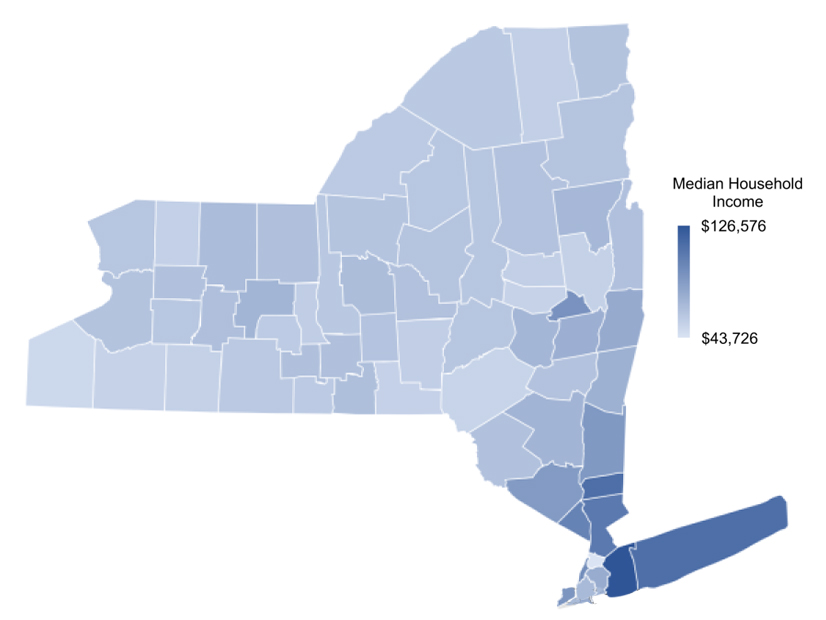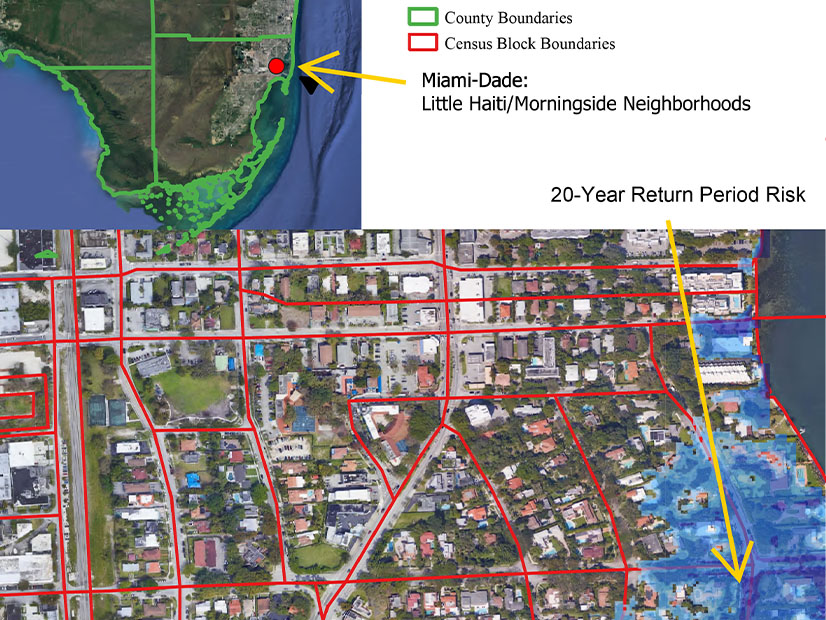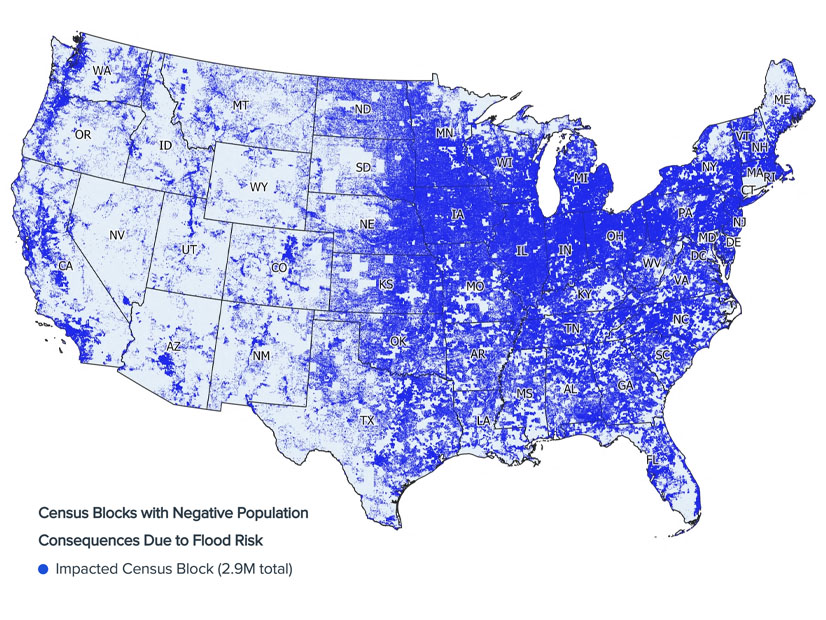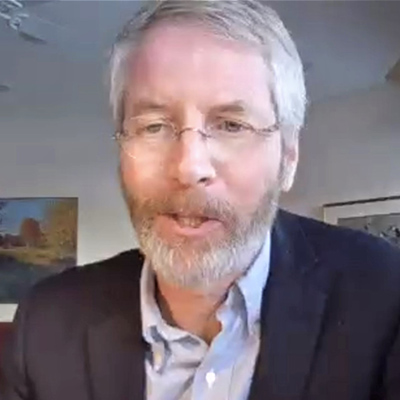FERC on Dec. 19 approved an exit fee for Tri-State Generation & Transmission Association members, rejecting the cooperative’s preferred method in favor of a modified version that its own trial staff came up with during a hearing process (ER21-2818).
Tri-State is a generation and transmission cooperative that provides wholesale power and transmission service to 45 members in Colorado, Nebraska, New Mexico and Wyoming. Its members have to buy almost all their power from it, with the exception of 5% of their needs that is carved out for self-supply and community solar.
The fact that members have to get most of their supply from Tri-State while the industry is shifting to more distributed and intermittent resources has driven some of its members to leave, said Guzman Energy Chief Commercial Officer Robin Lunt. Guzman is now providing wholesale services to two of Tri-State’s former members: Delta-Montrose Electric Association in Colorado and Kit Carson Electric Cooperative in New Mexico.
“I think that there was a combination of wanting more local control over generation mix and then the ability to build things in their community,” Lunt said in an interview. “And then [the] increasing prices and price volatility that was coming from Tri-State; so co-ops were looking at alternative paths.”
The case goes back to 2021 when FERC issued a show-cause order requiring Tri-State to demonstrate its tariff was just and reasonable without clear procedures for its members to withdraw by making a contract termination payment (CTP). (See FERC Accepts Tri-State’s Exit Fee Calculation.)
Tri-State filed a proposal for a CTP based on the higher of a lost revenues approach (LRA) or a debt covenant obligations (DCO) approach. A FERC administrative law judge came to an initial decision in September 2022, rejecting Tri-State’s method and others crafted by its members in favor of the trial staff’s proposal to base the exit fee on a “Balance Sheet Approach” (BSA).
The commission said that Tri-State had a chance to prove that its preferred LRA method with a floor based on the DCO was just and reasonable, even though the earlier hearing order signaled some concerns. However, Tri-State failed to adequately respond to those concerns, FERC said.
Tri-State argued the CTP was meant to hold remaining members harmless from early contract terminations by paying them for lost revenue under any terminated deals.
“We decline to provide an overarching, industry-wide rule for what a generally applicable tariff-based CTP must address,” FERC said. “The purpose of a CTP may vary depending on circumstances.”
FERC noted the D.C. Circuit Court of Appeals has said an exit charge “protects members of a cooperative against rate increases caused by the exit of a member, while also increasing membership commitment and stability” and covers the costs that a cooperative incurs “to provide full requirements service to the member.”
When it comes to Tri-State, FERC previously stated that the exit fee is meant to compensate the association “for the costs that it has incurred or has an obligation to incur in the future to satisfy its service obligations” under its departing member’s contract.
“Tri-State invested in generation and transmission facilities, and entered into [power purchase agreements], in order to serve the generation and transmission needs of its members,” FERC said. “If a member withdraws, it is reasonable for Tri-State to recover the share of the debt and other obligations it incurred on that member’s behalf, in order to protect against cost shifts to other members.”
The exit fee should cover the debt and other obligations undertaken by Tri-State for the withdrawing member, but remaining members should not be held harmless for lost revenues that they would have received over the full term of the contract, FERC said. Paying for lost revenues would go beyond compensating Tri-State for actual costs and obligations it incurred to serve departing members.
Tri-State also argued that allowing members to leave early would undermine its cooperative business model, but FERC said that neither the wholesale contracts nor its bylaws entitle the association to benefits of scale.
An LRA could be valid for an exit fee, but FERC had issues specifically with what Tri-State proposed, finding that the association failed to show that revenues equal its costs over the short term. The LRA would also allow Tri-State to recover decades of revenues not yet earned from a department member — based on decades of projected costs that the association will never actually incur plus a margin.
Because the DCO was linked to the LRA, the latter’s unreasonableness was enough for FERC to reject the former on its own. But FERC also would have rejected the DCO on the merits, it said, because it fails to consider key credits and adjustments, and it would recover transmission debt from withdrawing members who continue to take transmission service from Tri-State.
Members could also time their withdrawals to whenever Tri-State has low debt, or the association could manage its debt in a way that discourages withdrawals, FERC said.
FERC wound up deciding that the BSA — which was first proposed by United Power, a departing member, and then modified by its trial staff before being tweaked by the commission — was the best way to go. FERC has never used the approach for utilities pulling out of similar deals, but it has also never precluded using it.
“We believe that the situation here is not analogous to a withdrawal from long-term requirements contracts, because it involves additional complications, such as: accounting for a withdrawing member’s ownership interest in Tri-State; the possibility of a withdrawing member continuing to take transmission service from Tri-State; and a specific set of obligations under the [wholesale electric service contracts] and bylaws, among other factors,” the commission said.
FERC found that the BSA is unlikely to lead to higher rates for remaining members, noting that its ALJ said the DCO would have kept rates stable in the near term and the BSA is likely to lead to higher exit fees than that method.
Tri-State said Dec. 19 that it was reviewing the order, which includes actually analyzing the CTP methodology adopted and calculating the payments withdrawing utilities must pay. The association has to make a compliance filing within 30 days.
United Power is withdrawing effective May 1, and its DCO was calculated at $736.4 million, Tri-State said. Northwest Rural Public Power District is also withdrawing in May, while Mountain Parks Electric has submitted a notice to withdraw by Feb. 1, 2025.
Tri-State does own the transmission grid that serves some of its members, but others, including its members in Wyoming, are on others’ transmission lines, so that could bring up issues that need to be clarified on rehearing, said Guzman’s Lunt. Some PPAs that Tri-State has could also be sold and then credited to departing members, which could also come up on rehearing.
While those issues could change the final amount, FERC’s order yesterday will give United Power and Northwest Rural more certainty about what they have to pay on their exit in May, with true-ups to follow, she said.
The issues in Tri-State are part of the same trend that is driving increased interest from corporate customers in their energy supply and even mass-market customers’ adoption of distributed solar and plug-in vehicles, Lunt said. Instead of building a large, central coal plant and building/procuring the transmission needed to get that supply to customers, now members want more control.
“There are efficient and cost-effective ways to have reliable power that’s more customer-focused rather than the big, coal-plant-focused,” Lunt said.




